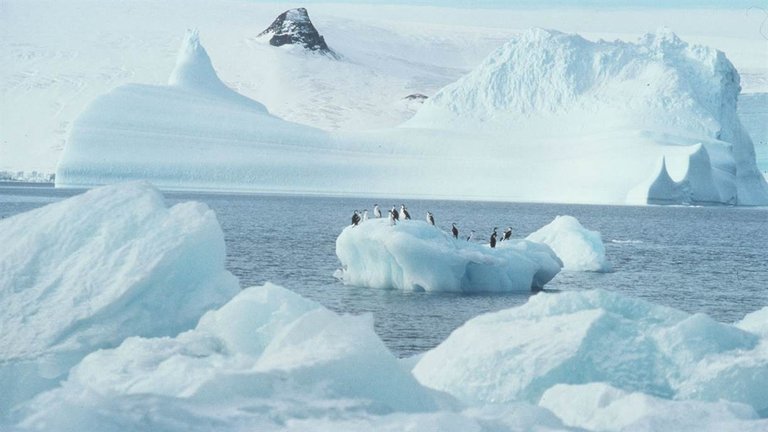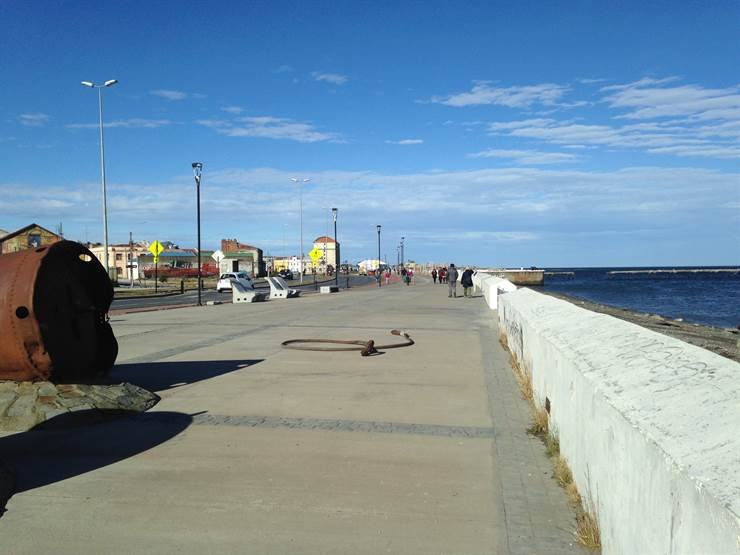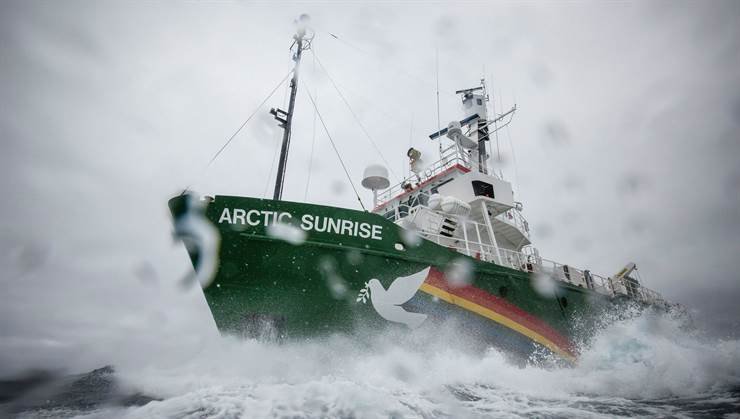
After a flight with a stopover in Santiago, I arrived at Punta Arenas, a city located in front of the Strait of Magellan, very close to the southernmost point of Chilean Patagonia. From the coast you can see the Chilean part of the Big Island of Tierra del Fuego.
As soon as I enter the hotel room I leave everything and go to see the sea, where the Pacific and Atlantic oceans meet, it is a deep blue. My intention is, in addition, to try the thermal clothes that I bought for the occasion. In Punta Arenas there is a very strong wind and the weather is changing. It can snow, rain or clear up in a matter of minutes.

The view of the Strait reminds me of the novel The Lighthouse of the End of the World, the first book I read on my own when I was six, of the Billiken Red Collection. In the distance you can see some fishing boats and a cruise, which from here leave with tourists who want to know Antarctica.
But the most important thing is the mission that brings us here: to accompany the expedition of Greenpeace to the Antarctic Ocean, with the aim of pressing for the creation of a sanctuary to protect its waters from the fishing industry, which is preying on the population of krill , the small crustacean that serves as food for whales and penguins. Without it, these species will perish.
The proposal, presented by the European Union and supported by the German government, will be considered in October by the Commission for the Conservation of Antarctic Marine Living Resources (CCAMLR), of which Argentina and Chile are part.
To reach the area, located in the Weddell Sea, LA NACION will embark on the Greenpeace icebreaker Arctic Sunrise, along with Spanish actor Javier Bardem (the famous face of the operation) and scientists who will travel to study the area. For the first time, scholars of the Antarctic ecosystem will descend in minisubmarines to learn more about that area of the sea.

On the plane I came reading from Animals to Gods, a book by the Israeli historian Yuval Noah Harari that explains how homo sapiens did to conquer Earth. In one of the first chapters, the writer states that the human being caused the extinction of large animals that lived in Australia and America when he moved from his place of origin in Africa. In search of sustenance, sapiens defeated large Australian marsupials and the American megafauna. The same would have happened with species from New Zealand and Madagascar, as the man was colonizing those islands.
Harari says: "If we knew how many species we had eradicated, we could be more motivated to protect those that still survive." This is especially relevant for the great animals of the oceans (which suffered little compared to the terrestrial ones the advance of the human being). But many of them are now on the verge of extinction as a result of industrial pollution and the excessive use of ocean resources by humans.If things continue at the current rate, it is likely that whales, sharks, tuna and dolphins follow the same path to oblivion that the diprotodontes, the terrestrial sloths and the mammoths ". You have to act now.